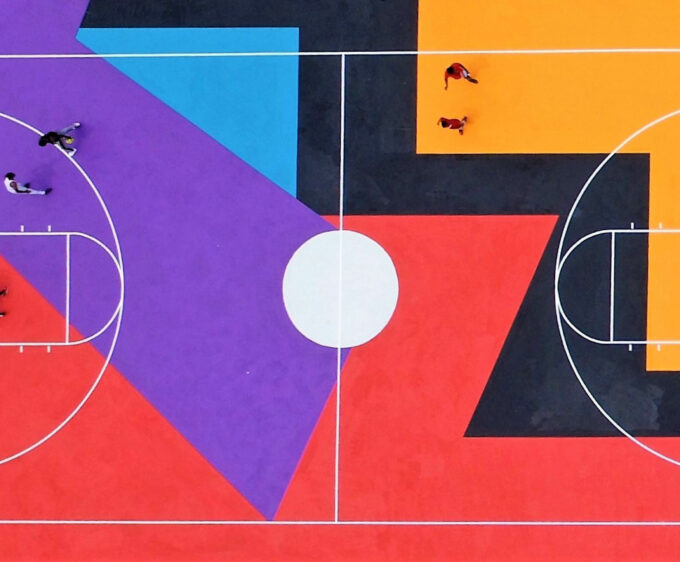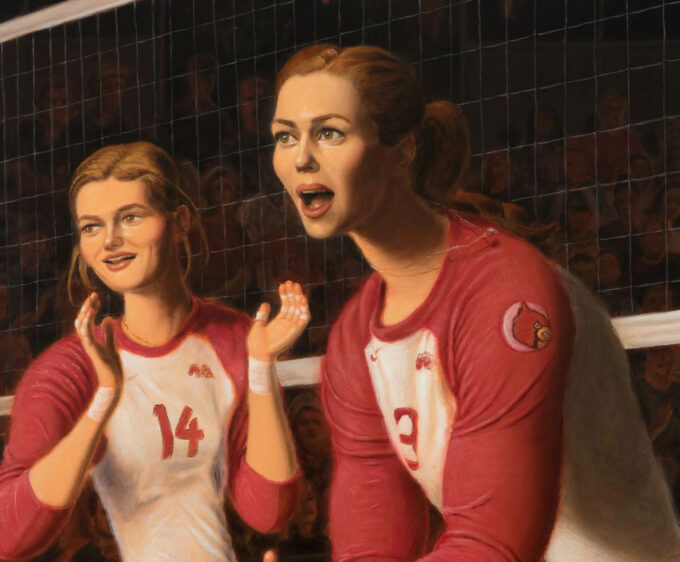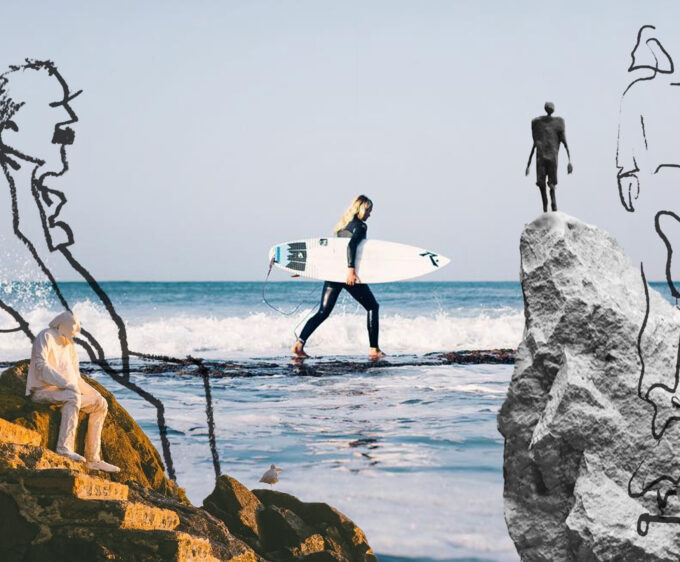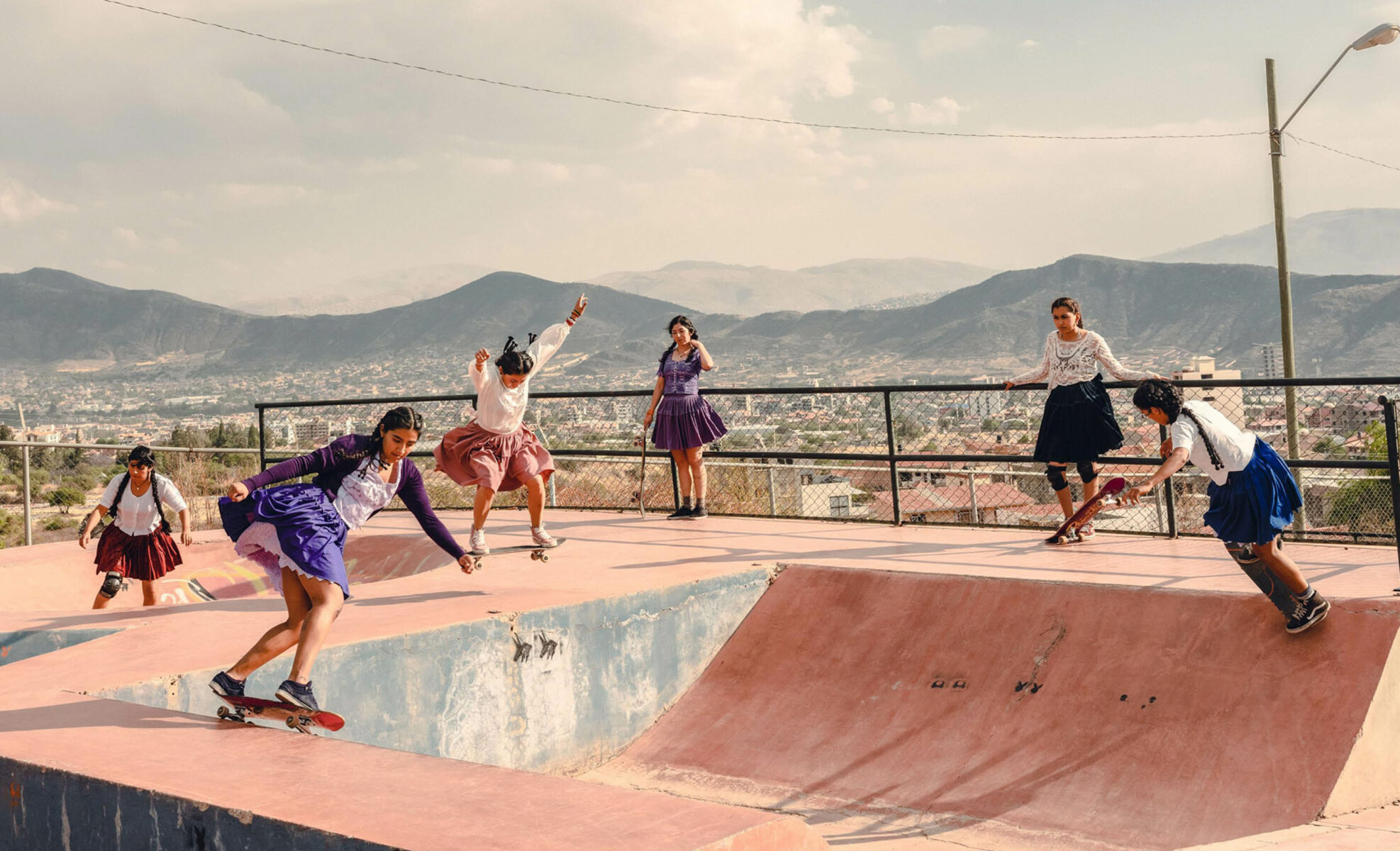
Art: Luisa Dorr
“Sometimes, people don’t take you seriously when you are shooting with an iPhone.” Award-winning photographer Luisa Dorr talks about her photographic work, and how she centres women in the frame
By Glorious
Photography by Luisa Dorr
Luisa Dorr is a Brazilian photographer, currently living in Bahia. She has an interest in portraiture and storytelling, and her work showcases in particular the lives of women. In much of her work, she documents how women are able to survive and thrive in male-dominated cultures – and shows how women are making inroads into macho culture, despite adversity. Luisa has also become well known for capturing her subjects using only a humble iPhone. Several series have made particular impact: The Flying Cholitas in Bolivia, the Falleras in Spain – and her work called Imilla, about female skateboarders in Bolivia. She has been published extensively and has won several awards for her insightful work, including a World Press Photo award in 2019.
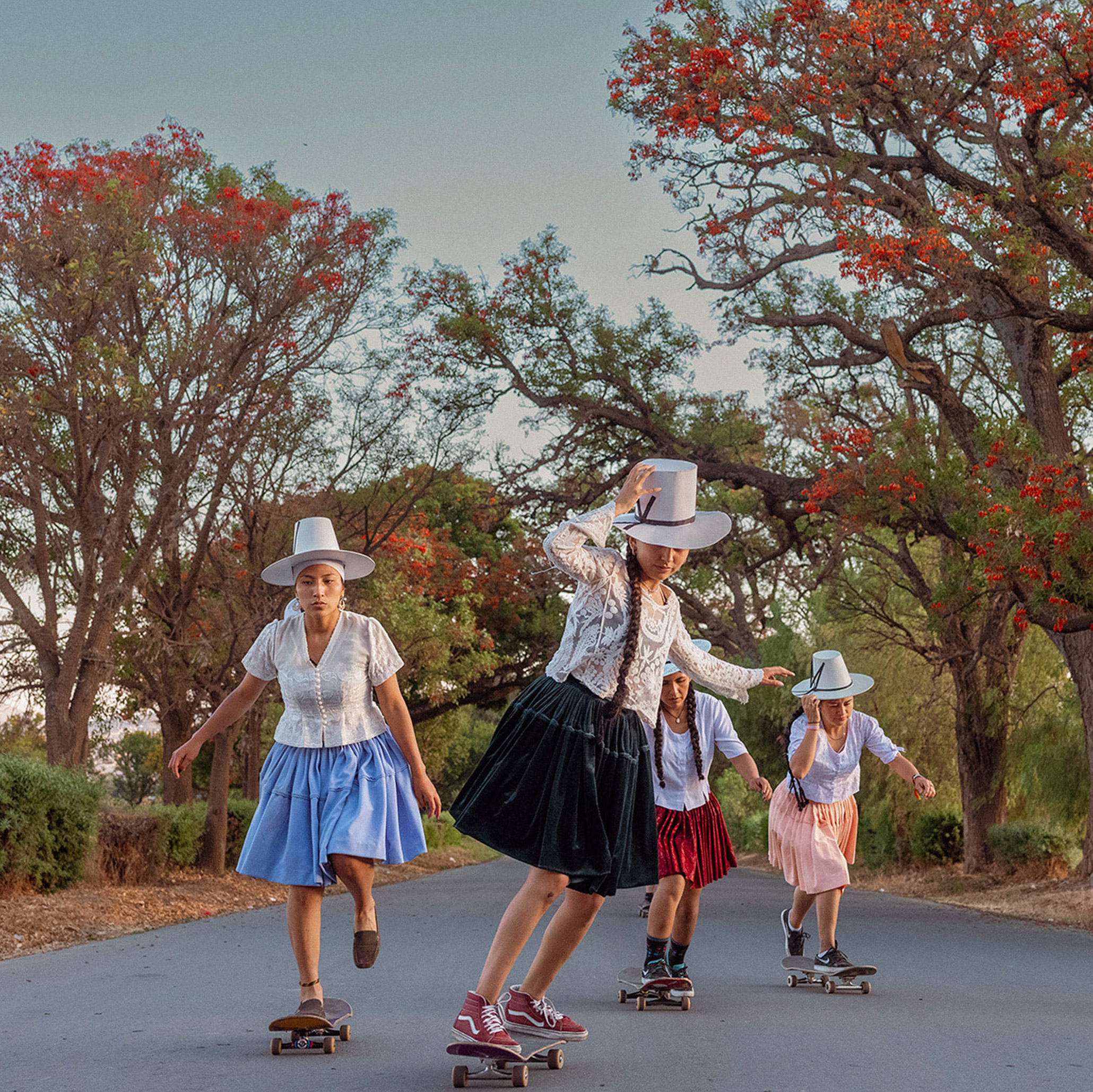
Glorious: Can you tell us a little about yourself, and how you got into photography?
Luisa Dörr: I got my first camera when I was five. I always carried a camera and photographed everything, I feel like it was always part of me. When I finished high school I started to study graphic design – it was the closest course in my village related to photography but I wasn’t really happy. Then my aunt invited me to work in her studio and I started retouching her images. Later, I worked in an advertising studio in Porto Alegre. While I was there I started studying photography. Then, after I graduated, I moved to São Paulo and started working as a cultural producer. I promoted exhibitions, photobooks and events related to photography. Those experiences in that production company gave me the impulse that I needed to start moving into photojournalism. It was something that I already had an interest in but the events in the studio gave me what I needed to start freelancing in this area.

Glorious: Do you have an interest in women’s sport, do you play any yourself? And were you sporty growing up?
Luisa Dörr: I have an interest in sports in general. I used to play volleyball as a kid and got into skateboarding as a teenager. When I reached adulthood, I stopped, which was a very bad idea. Nowadays I’m going to the gym, doing some yoga and plan to start surfing classes this year.
Glorious: Your work has taken you all over the world, from the American South to El Alto Bolivia – do you enjoy travelling? Where would you most like to visit and photograph? Do you find your subjects first, or plan a trip then find the subjects?
Luisa Dörr: It depends, sometimes I find the subject first, other times I find a story while I’m travelling. Regarding The Flying Cholitas and Imilla, I found both before I went there. For the Falleras story I discovered them while I was in Spain. With photography you can travel the world and understand more about cultures, you understand not just with your eyes but through the experience. You can focus on the micro, whilst reflecting on the macro. It’s important to report “big news” but the way I work, it is even more effective when it comes from the micro. There are many meanings to photography; when focusing on a small story you can also talk about something big.
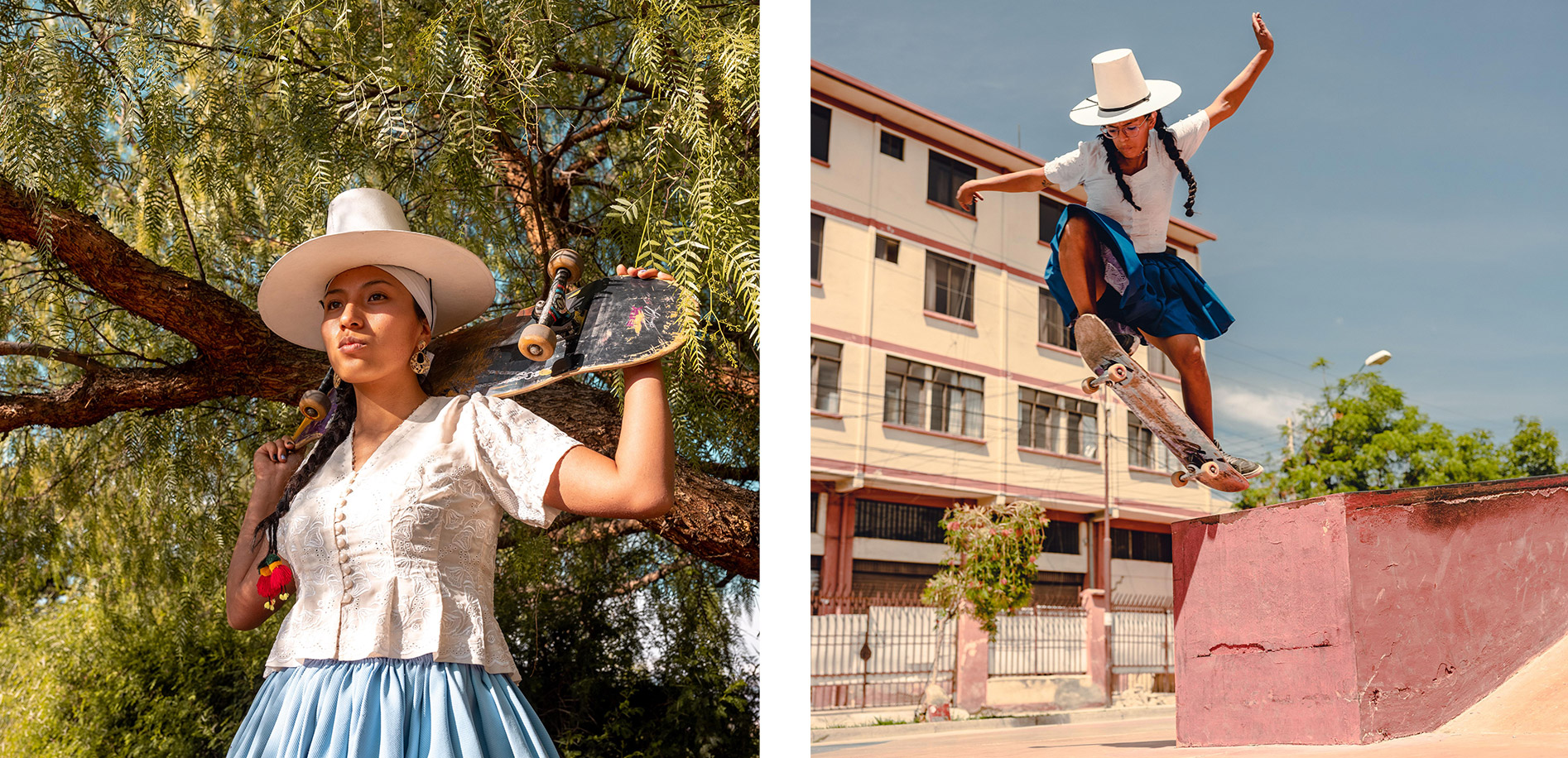
Glorious: How did you meet the women in your Imilla skate collective? Can you tell us a little about this group of women?
Luisa Dörr: When I saw an image online, I felt an immediate urge to know more about these women. This is usually my main drive, a personal need to expand my little personal universe. This and the fact that I thought that a photo essay will be a good opportunity to put together some relevant issues; young women, minorities, identity, ethnography, sports, politics, cultural heritage, authenticity, all while breaking some stereotypes.
Glorious: What is the goal of these women? Aside from popularising skateboarding in Bolivia, is it to empower girls and challenge centuries-old stereotypes?
Luisa Dorr: This is not just about a few girls. This story is a vehicle to show a bigger picture. These girls are a symbol for the Bolivian people; a resistance, an inspiration for girls from any country. They are conquering a space where a woman wasn’t supposed to be. In other parts of the world it could be dancing, filmmaking or just driving a car. Whoever sees only nine girls is certainly saying it from the comfort of an easy life in the first world, with plenty of assumptions about the rest of the planet.
Glorious: Do you feel your work is important in order to shed a light on Aymaran women and the struggles they may face? You have previously worked in Bolivia, capturing the Flying Cholitas (a wrestling group of Aymara and Quechua Cholitas women who wrestle in traditional dress.) What do you think draws you to these subject matters?
Luisa Dörr: The Flying Cholitas are not only fighting in the ring, they are fighting daily for their rights and social recognition, to be able to put food on their table for their kids. They are much more than ring fighters, they really fight for their lives. It’s hard to be a woman in Latin America, it’s an endemic macho society. But despite the hardships, I like to show that there is also beauty. What photography brings to me is to make me a more empathic person towards society and, somehow, I try to show this in my images.
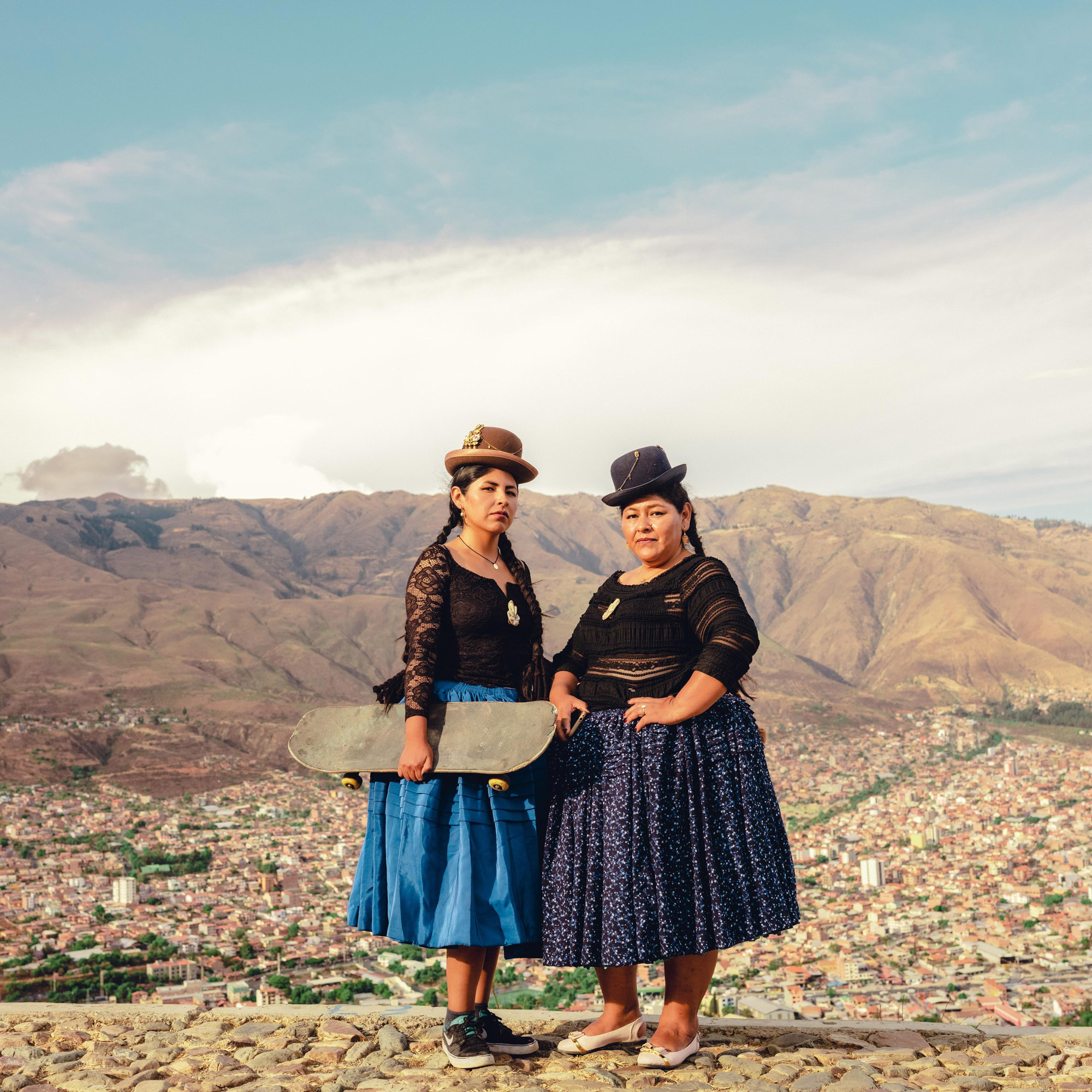
perspective
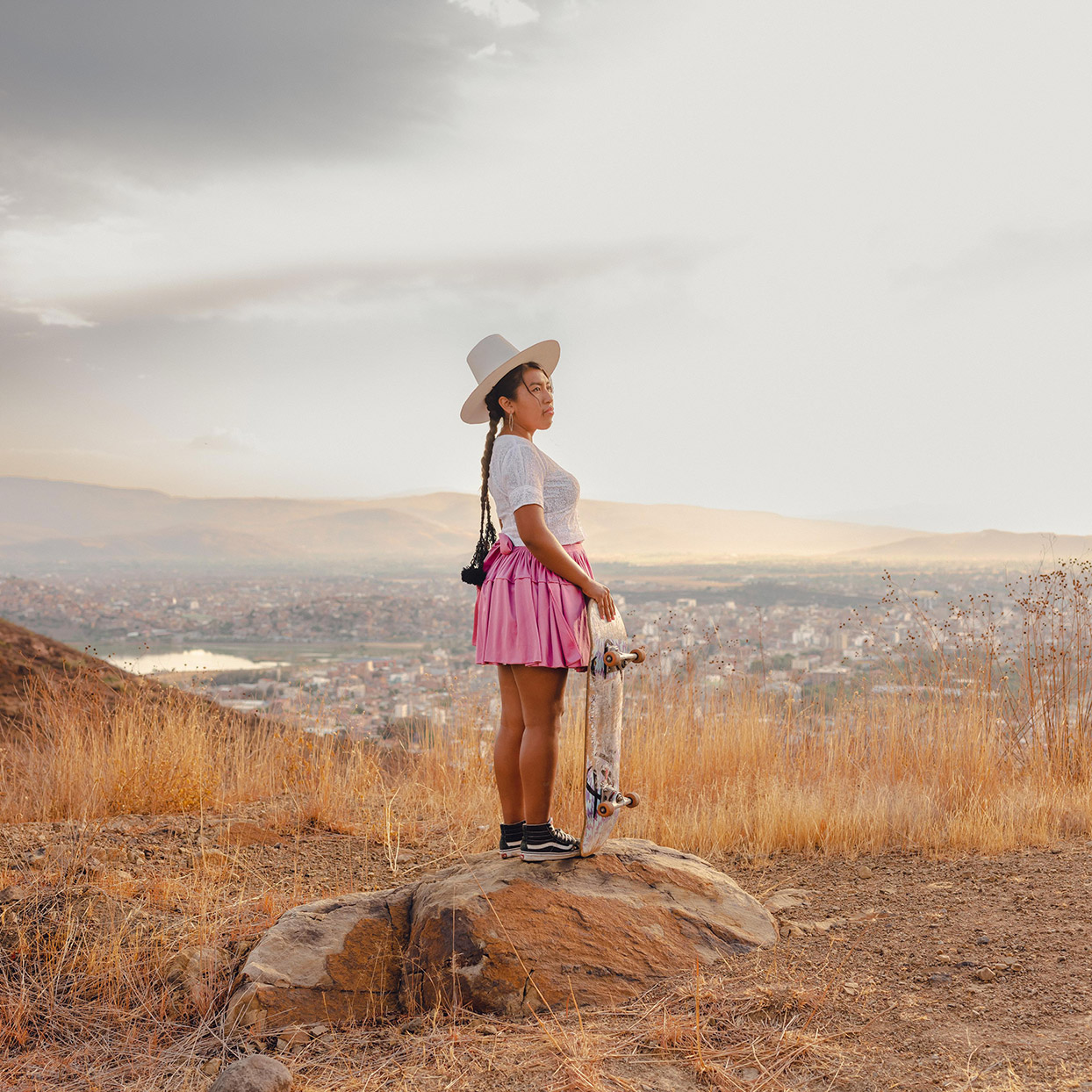
Glorious: Was capturing these women in traditional clothes important to you?
Luisa Dörr: “Traditional” is in the eyes of the beholder: of course for someone in France the Cholitas are exotic, but for someone from El Alto, Bolivia it is a normal thing. In the Cholita story, I was just showing their reality. For many centuries, in Bolivia, Spanish settlers forced their native servants to wear voluminous frill skirts: recognised as “cholita.” Today, it represents identity and pride. They wear those kinds of clothes on a daily basis; it is their main style of dress. It is just a different perspective of living in a modern world.
Glorious: Is photographing women who are often underrepresented in the media important to you?
Luisa Dörr: Of course. For so many years the narrative has been dominated by men – and it still is – but things are slowly changing for the better. Nowadays, just to be able as a woman to have a career and be successful at work, will open doors for other women to break barriers and follow their dreams. That is a way to help people to finally be who they are and do what they want.
Glorious: In your First series, you captured some of the most iconic women of the 21st Century- from Hillary Clinton to Serena Williams and Aretha Franklin. How was that experience? Were you nervous?
Luisa Dörr: This project started very small, six portraits – in time it grew in many aspects, like me. I was nervous in some shoots, others not. All the time I tried to keep them in mind as normal human beings, I just did my best to make them look nice, with the limited production we have. It was pure journalism: just me and an iPhone, one assistant, and a reflector, shooting famous people. It was an experience that changed my life completely.
I grew up listening to Aretha Franklin. I have a little story about her. She completely ignored me during the two-minute photoshoot but after the interview, she gave Time magazine a private concert at the church she had started singing in when she was a child. I don’t even have words to describe what it was to see Aretha singing in front of me. After she heard the recording, she started crying and left. She is not here anymore but we will listen to her forever. Another story is Hillary’s photoshoot. We tried for a whole year to get a photograph but it was impossible because she was campaigning. But the week we launched the teaser, she accepted. We photographed her in a hotel. She was in a really good mood and was telling stories about her vacation with Bill, and her book. She gave us plenty of time. I got eight minutes, which is a lot for a president. I couldn’t imagine having all this time and sympathy during election time. In order to make a good portrait you have to consider all the different aspects: the light, the time, the environment, the mood – in the end it is real life.
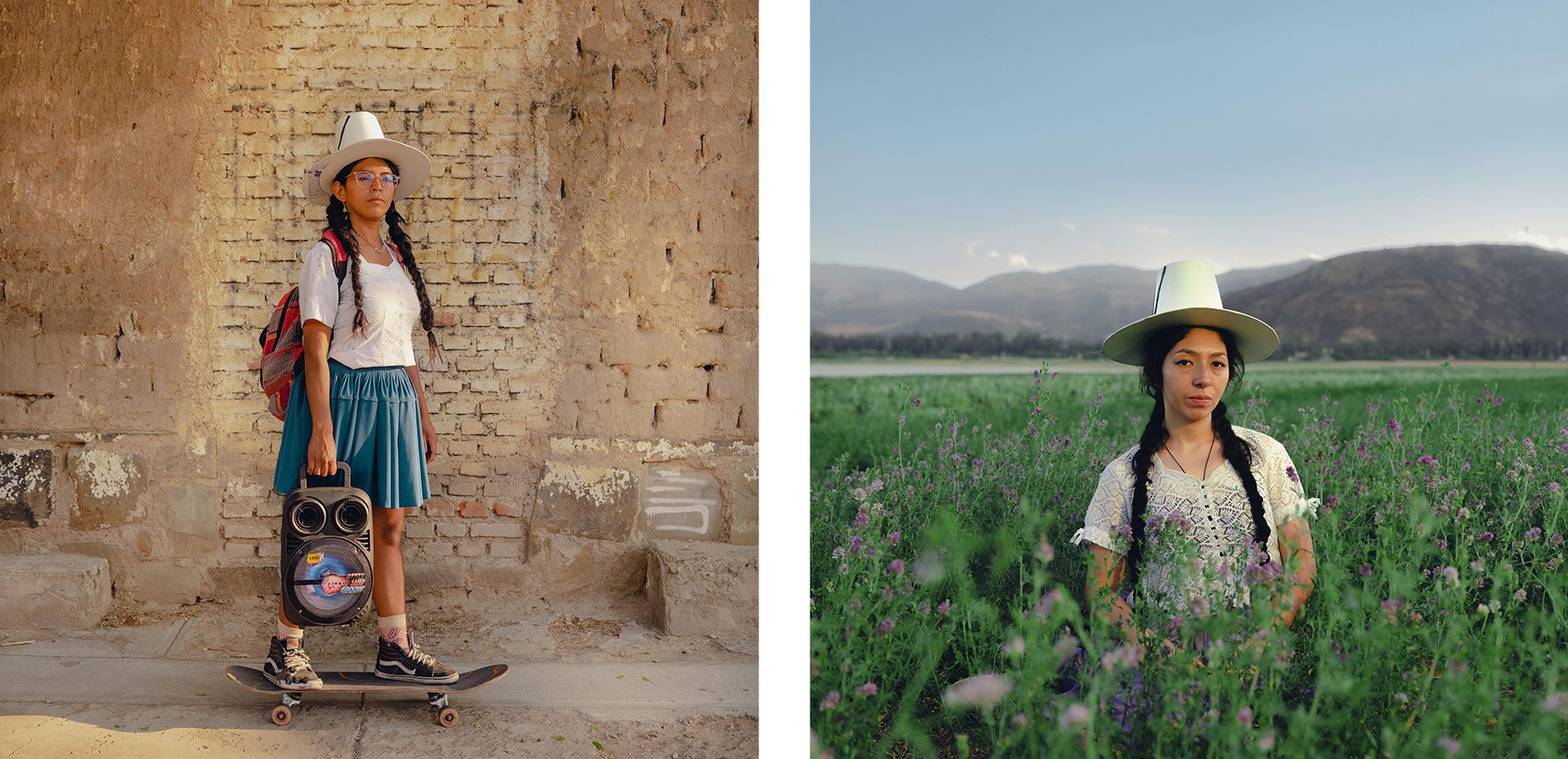
Glorious: What do you shoot on? I’ve read somewhere that you take most of your images on an iPhone and photographed your ‘Firsts’ series (12 covers for Time magazine about women who are changing the world) on one. Why do you like to use your phone? Isn’t it limited? Do you think it gives your work a more natural and spontaneous angle?
Luisa Dörr: Of course the iPhone has some limitations, because you usually work with natural light. But if you have limitations you overcome them and have an excellent outcome. I just bought a Medium Format camera, that was my dream. Before each assignment I choose what is the best tool. Sometimes, people don’t take you seriously when you are shooting with an iPhone and sometimes they are intimidated when they see a huge camera. And sometimes, I can mix the tools. Tools are just the mediator, they help in the process but they don’t create.
Glorious: What did you shoot the Imilla series on?
Luisa Dörr: Medium format camera. GFX 50r.
Glorious: What advice would you give to a young female photographer?
Luisa Dörr: Don’t give up, everyone just needs one opportunity to prove we can do the right thing. Keep doing your work – what motivates you, what matters to you.
Glorious: What are you currently working on?
Luisa Dörr:: Before the pandemic, I was doing some work about the cowboy culture in Brazil, and was planning to continue it. Historically, as in other countries, women have been largely excluded from Brazil’s cowboy culture. But in recent years, women are on a winning streak, whether as rodeo pageant beauty queens, horse-riding champions or platinum-selling country music stars. Even though it’s the men who are in the spotlight, the women who are entrenched in this culture stand out the most. They are part of a growing wave of women taking the reins in Brazil’s world of rodeo. This work is a portrait of the juxtaposition of modern Brazil, of the transition from historic tradition to pop culture, and, ultimately, it’s a world that few people know. I wouldn’t say it is easy, but I think the approach of showing individual stories can bring a modern layout to historic themes in an interesting way.
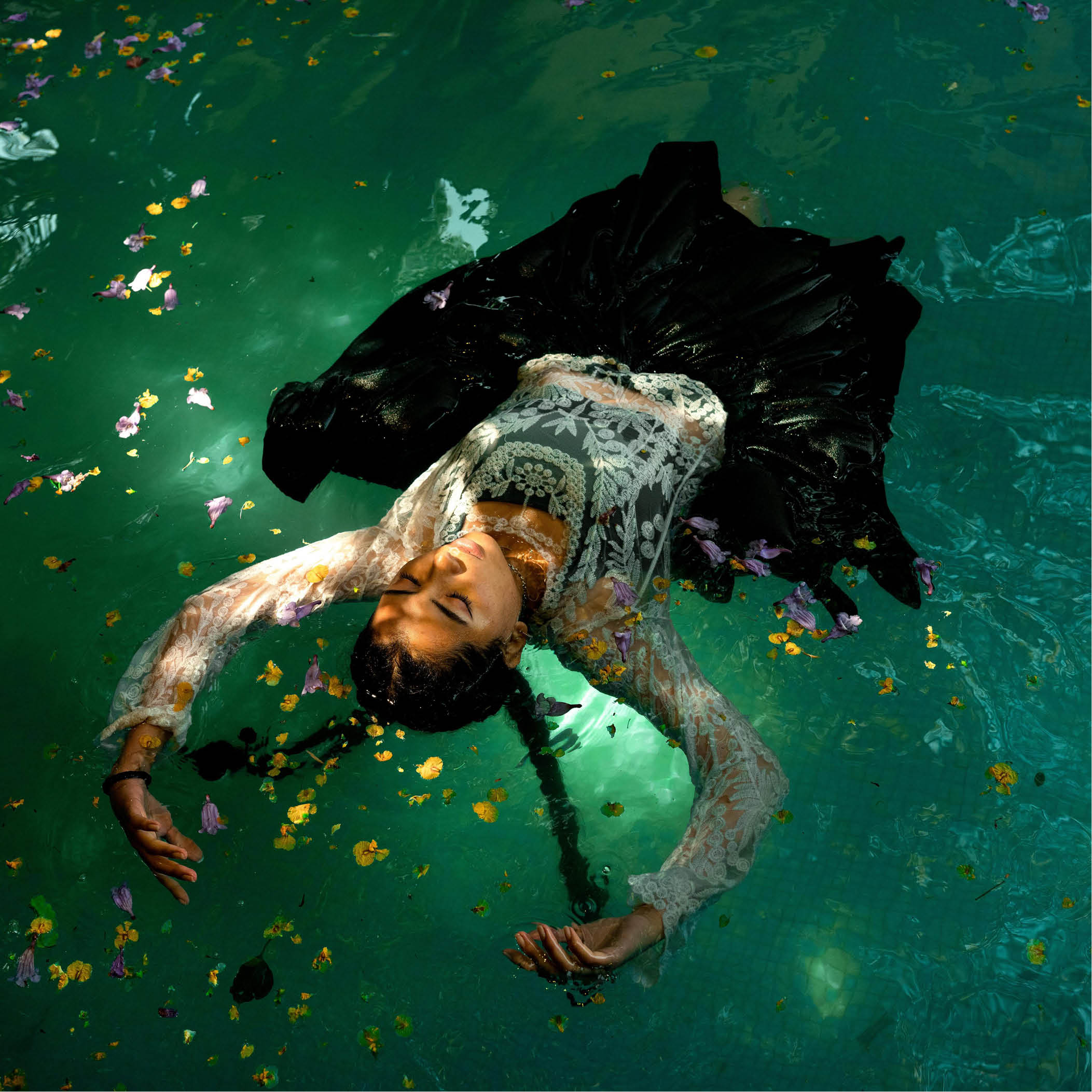
Photography by Luisa Dorr
Editorial Design by this is root

